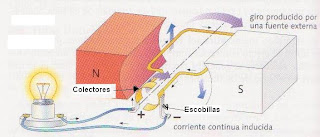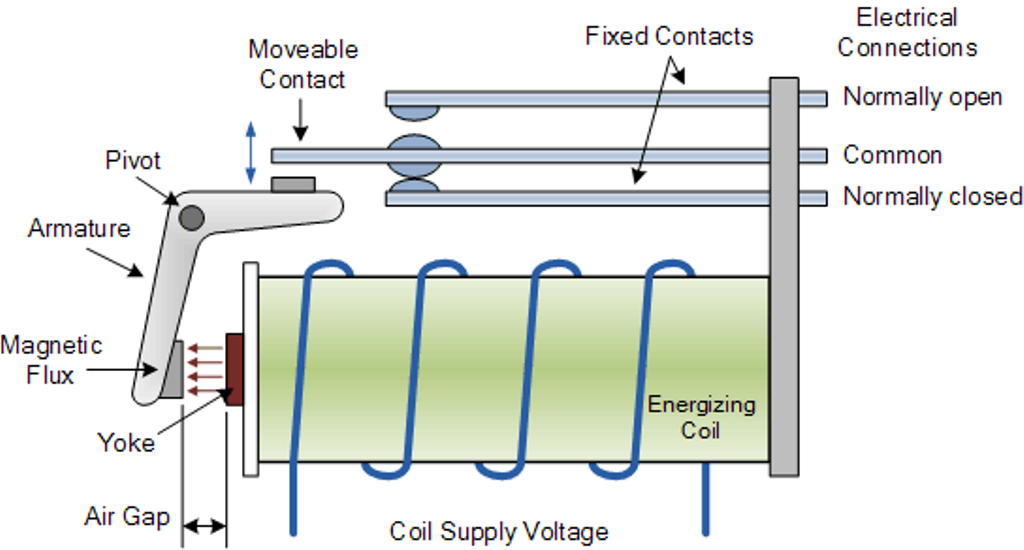▪ Plastics consist of long chains of atoms which are mostly composed of carbon.
▪ Plastics can be classified into natural and synthetic plastics.
▪ The process of manufacturing plastic is called polymerisation.
▪ Plastic materials are resistant, insulating (against electricity, heat and sound) , ductile, maleable, impermeable and light.
▪ There are three types of plastic recycling processes: chemical and mechanical recycling and energy recovery.
THE CLASSIFICATION OF PLASTICS.
∙ High- density polyethylene.
∙ Polyvinyl chloride (PVC)
∙ Low density polyethylene.
∙ Polypropylene.
∙ Moulded polystyrene.
▪ Thermosetting plastics are made from petroleum products. They include:
∙ Polyurethane.
∙ Bakelite.
∙ Melamine.
∙ Polyester resins.

▪ Typical elastomers include rubber and neoprene.
PLASTIC FORMING TECHNIQUES.
▪ Various industrial techniques can be used to manufacture plastic, products, such as: extrusión , calendering, vacuum forming and moulding.
▪ The main techniques for using moulds are as follows: blow moulding, injection moulding and compression moulding.
MODIFICATION TECHNIQUES.
▪ Modification techniques use tolos and machines to make changes to prefabricated materials, such as sheets, bars or mouldings.
▪ Examples of these techniques include: measuring➡ drawing marks and lines ➡ cutting ➡ drilling ➡ filling and sanding ➡ joining.
▪ You must always pay special attention to health and safety rules.
TEXTILES.
▪ Both natural and synthetic fibres can be woven to make a variety of textiles.
▪ Natural fibres may come from animal sources (wool, silk), plant sources (cotton, linen, esparto, bamboo) and mineral sources ( gold, silver and cooper fibres).
▪ Synthetic fibres, such as nylon, polyester, rayon and Lycra, are plastic materials.









